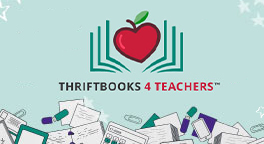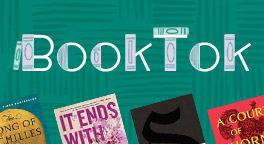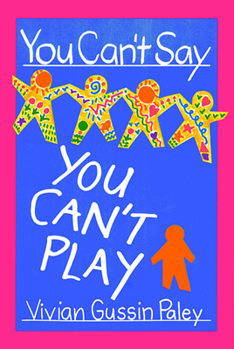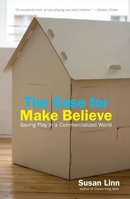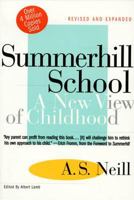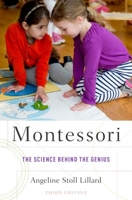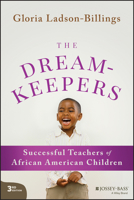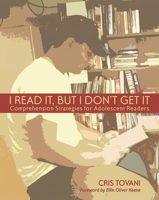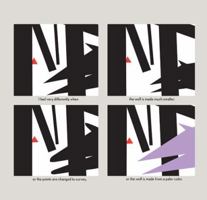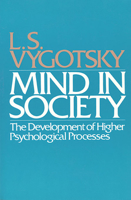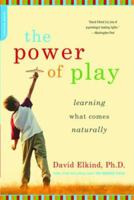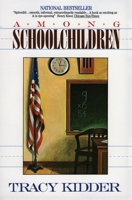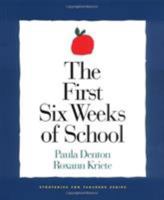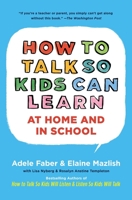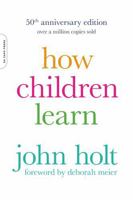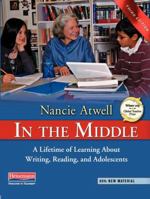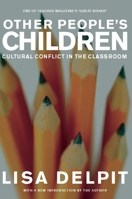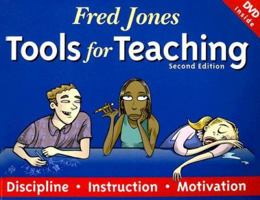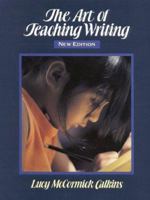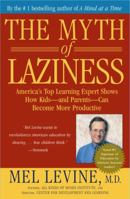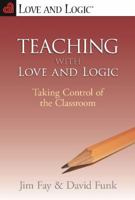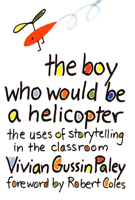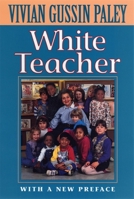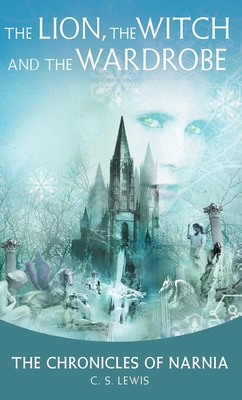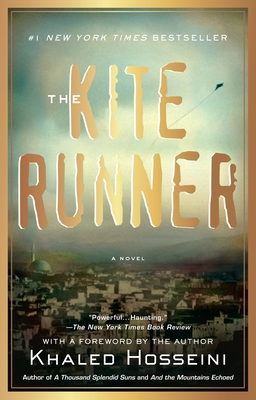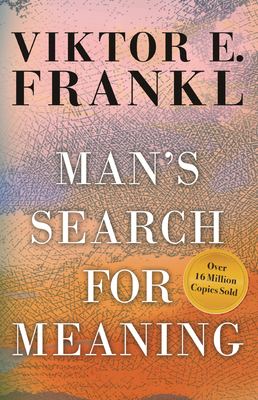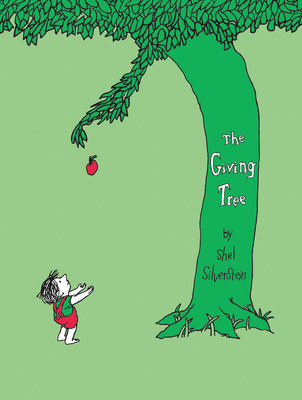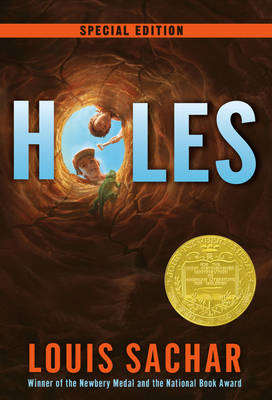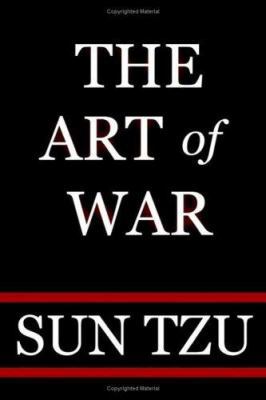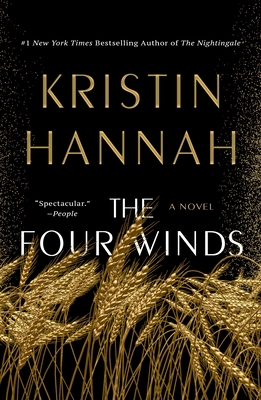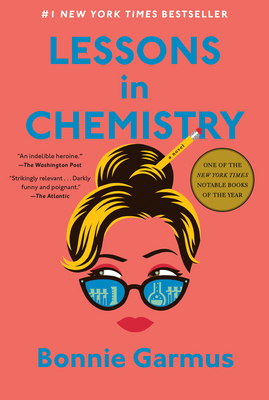You Can't Say You Can't Play
Select Format
Select Condition 
You Might Also Enjoy
Book Overview
Who of us cannot remember the pain and humiliation of being rejected by our classmates? However thick-skinned or immune to such assaults we may become as adults, the memory of those early exclusions is as palpable to each of us today as it is common to human experience. We remember the uncertainty of separating from our home and entering school as strangers and, more than the relief of making friends, we recall the cruel moments of our own isolation as well as those children we knew were destined to remain strangers.
In this book Vivian Paley employs a unique strategy to probe the moral dimensions of the classroom. She departs from her previous work by extending her analysis to children through the fifth grade, all the while weaving remarkable fairy tale into her narrative description. Paley introduces a new rule--"You can't say you can't play"--to her kindergarten classroom and solicits the opinions of older children regarding the fairness of such a rule. We hear from those who are rejected as well as those who do the rejecting. One child, objecting to the rule, says, "It will be fairer, but how are we going to have any fun?" Another child defends the principle of classroom bosses as a more benign way of excluding the unwanted. In a brilliant twist, Paley mixes fantasy and reality, and introduces a new voice into the debate: Magpie, a magical bird, who brings lonely people to a place where a full share of the sun is rightfully theirs. Myth and morality begin to proclaim the same message and the schoolhouse will be the crucible in which the new order is tried. A struggle ensues and even the Magpie stories cannot avoid the scrutiny of this merciless pack of social philosophers who will not be easily caught in a morality tale. You Can't Say You Can't Play speaks to some of our most deeply held beliefs. Is exclusivity part of human nature? Can we legislate fairness and still nurture creativity and individuality? Can children be freed from the habit of rejection? These are some of the questions. The answers are to be found in the words of Paley's schoolchildren and in the wisdom of their teacher who respectfully listens to them.Customer Reviews
Rated 5 starsTouching and thought-provoking
I'm a teacher and a mother of a preschooler, and someone who was *seriously* excluded as a child. This book had me in tears. Vivian Paley explores and challenges the commonly accepted practice of letting children exclude each other, showing how socially dominant children use exclusion as a weapon to enforce their dominance and what the negative consequences are for the group as a whole. She proposes a solution that may...
0Report
Rated 5 starsEven if You're Not a Teacher, Read This Book
This small, simple book -- and Paley's simple rule of "You can't say you can't play" -- spoke to me in the deep way that only a few books do. Its relevance goes far beyond the kindergarten classroom, which is the setting of Paley's story. The book speaks profoundly of rejection and its consequences -- and proposes a solution ("you can't say . . ."). If you care about children, if you remember being rejected or left out...
0Report
Rated 5 starsA Must read for ANY person concerned with Violence in School
Vivian Paley has named it for us. The feelings of rejection and dejection begin at and Before Kindergarten, and begin to harden our children to not being accepted and worse, not being acceptable for who they are. Paleys observation to her own subtle encouragement of this unjust system and her subsequent "rule" of You can't say , you can't play is a real eye opener for Teachers of Young Children, Parents and anyone who wants...
0Report
Rated 5 starsa must read for anyone working in education!!
Paley's stunning work helps all of us look at our work with children and youth in a new way. In light of recent events in Colorado, this book has even more significance. Paley provides us with the blueprint to creating school environments where all are valued, all have a place, and where none are rejected. I plan to recommend this book to all of my teacher education students. Thanks, Vivian!!
0Report
Rated 5 starsPerfect teacher gift
Vivian Paley's tender observations and patient interactions with Kindergarteners kept me turning the pages of this book long before my own children were pre-school age, or before I had been teaching long enough to realize that this book would become a useful resource for teachers of any age students. I come back to this book all the time to find the truth about how classroom rules and environments can and should be constructed...
0Report



